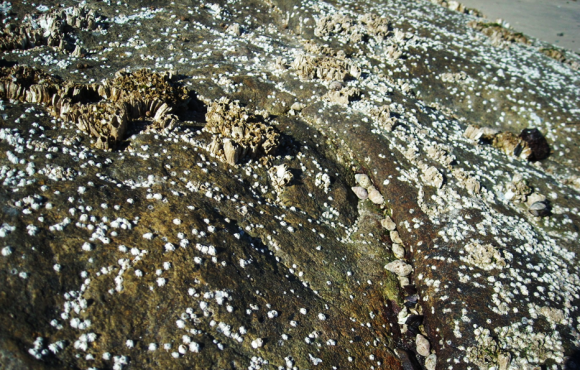Tall-statured grasses often have generalisable impacts related to their ability to produce and accumulate a large amount of biomass. The idea of tall-statured grasses as being a useful functional group for invasion science was explored in a recent article published in Biological Invasions. The paper, led by C·I·B PhD student Susan Canavan, and an international team of researchers including John Wilson (C·I·B core team member), Dave Richardson (C·I·B Director), Laura Meyerson (C·I·B Science Advisor) and Petr Pyšek (C·I·B Research Associate) was the product of a workshop hosted by the PhragNet group at the University of Sassari in Italy, April 2016.
Grasses are among some of the most damaging alien plant species around the world. In particular, tall-statured grasses (defined as those that maintain a height of 2 m or more) have major impacts as they can quickly dominate and change ecosystems they invade by forming monospecific stands, accumulating dense and deep litter mats, reducing light availability and altering fire and nutrient-cycling regimes.
In their paper, the team found that global naturalisation rates were higher among tall-statured grasses (when bamboo and other grasses were analysed separately) compared to other grasses. Further, there has been an increased effort to introduce tall-statured grasses for the purpose of biofuels, which has been identified as a high-risk pathway for invasions.
“Tall-statured grasses are, therefore, an important functional group as they cause distinct impacts and have an increased ability to colonise and transform ecosystems. This raises concern for management and biosecurity. The group also provides us with an important counter-point to other analyses as to when generalisations can be made in invasion science,” explains Susan.
Read the paper in Biological Invasions:
For more information, contact Susan Canavan at sucanavan@gmail.com




